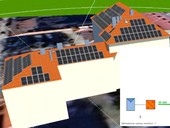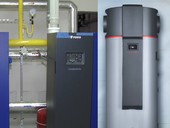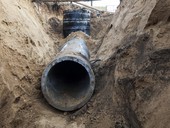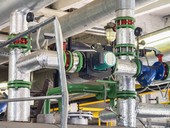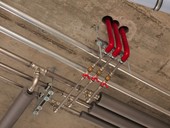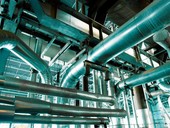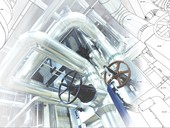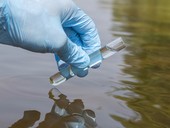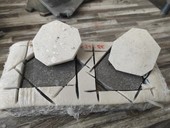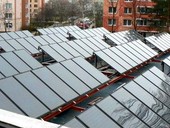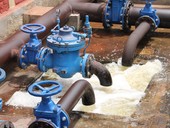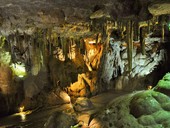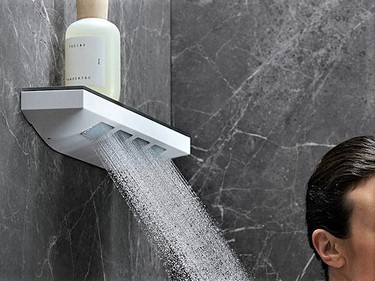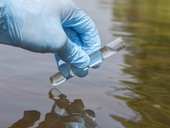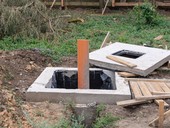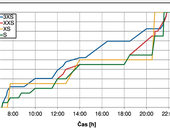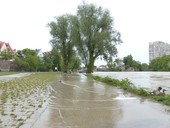Tracer tests (indicative or indicator tests, use of markers) are a key technique for determining preferential flow paths and delineating watersheds in karst. They are also widely used to verify flow and determine transport characteristics at contaminated sites. They consist of injecting a known amount of tracer into a sinkhole or well and taking water samples at the locations where tracer is expected to reappear. Tracer tests make it possible to determine not only the flow velocity, but also the volume of mobile water between objects when discharge is measured, and also how many % of the tracer has arrived at the monitored objects, and thus also how many % of the tracer, on the other hand, is heading to unmonitored/unknown places. In the Czech Republic, tracer tests were so far usually carried out mainly with NaCl, especially in connection with water supply facilities. In the USA and neighboring European countries, the most commonly used tracer for decades has been the sodium salt of fluorescein (hereinafter Na-fluorescein) and other fluorescent tracers, as their background concentrations in nature are mostly zero and modern fluorimeters enable to detect tracer concentrations usually in tenths of μg/l, which allows the injection of a very small amount of tracer compared to NaCl, well below visibility with the naked eye. Na-fluorescein is conservative, well soluble, non-toxic. Analysis consists of either direct measurement of fluorescence with field fluorimeters or sampling and laboratory analysis on a laboratory fluorimeter. A tracer test with Na-fluorescein in 2021 demonstrated the rapid flow of water from the Bubovický stream sink in the Český Kras to the springs in Sv. Jan pod Skalou and the surrounding area, and on the contrary refuted the possibility that the water from the sink is connected with the water supply well in Srbsko. The tracer test with Na-fluorescein carried out in 2022 in the Chýnov cave aimed to more accurately characterize the connection of the underground flow with the spring Rutice – drinking water supply for Chýnov town. A positive statement was obtained from the regional public health authorities to carry out the above-mentioned tracer tests. Tracer tests with Na-fluorescein can now be used in the Czech Republic in the same way as in neighboring countries. In conclusion, it can be stated that tracer tests are an effective tool for monitoring groundwater flow not only in karst environments. They can be used to confirm or disprove the rapid connection of sinks, streams, and other objects with drinking water supplies, thereby targeting measures to prevent the possible contamination.
